Tesco doesn’t talk up its marketplace much, but it’s been busy behind the scenes. This month, The Grocer revealed it had grown the number of SKUs by more than 1,000% to 300,000 in the eight months since launch.
Most experts predict the range will grow and grow.
So how big can it get? And just how concerned should Amazon be?
“There is huge potential for growth into millions of products,” says e-commerce consultant Viv Craske.
Craske points to Walmart, which has built up a SKU count in the hundreds of millions from more than 150,000 sellers since launching in 2009 (compared with around 250 sellers on Tesco’s marketplace).
Expansion means “Tesco can increase revenue without taking up store space, or increasing distribution or warehousing costs”, he adds.
As Tesco now tells site visitors: “From the essentials to the unexpected, we’ve got it all.” But there are specific challenges at such scale.
Take B&Q, whose DIY.com marketplace makes up more than 40% of sales.
It’s been growing at a similar rate to Tesco’s marketplace, and in three years has swelled to 1.5 million products from more than 1,300 sellers. The issue is, for consumers “there are common frustrations – concerns about quality control, vetting of sellers, having to wait for longer delivery times, having multiple items delivered at different times by multiple sellers, exchanges”, says Craske.
As Digital Commerce Global’s Gregor Murray says: “The big challenge for Tesco will be in curating the range, ensuring all sellers have the right to sell the items they are selling, that all products comply with UK legislation and brand copyright.”
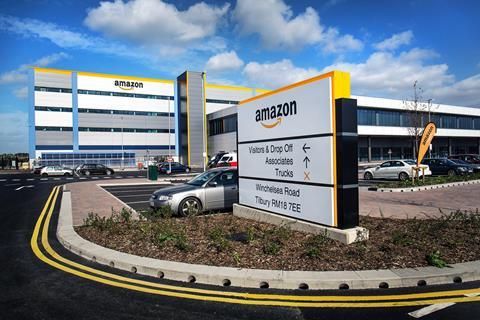
Questionable quality
Temu is an illustration of the potential pitfalls. Late last year, the European Commission opened formal proceedings against the Chinese, low-cost, direct-from-the-factory player around the sale of non-compliant products and reappearance of previously suspended rogue traders.
“Tesco can’t afford to fall victim to unscrupulous sellers, fake products or questionable quality,” Murray adds. “The reputational risk is too great. But ensuring compliance of all products in their curated range will be hard, especially as the range scales exponentially.”
That’s perhaps why, despite Tesco’s stated ambition for the marketplace to be “a one-stop shop for everything customers need”, it appears to be approaching growth with caution.
Read more:
-
Tesco Marketplace in major expansion to carry 300,000 SKUs
-
Tesco hires Deliveroo chief to lead Whoosh
-
M&S and Tesco shares sink despite record Christmas performance
-
Tesco boss Ken Murphy accuses rivals of phoney price war
“It is clear they have a focused strategy for seller and inventory onboarding with a strong customer-centric approach,” says Sarah Znideric, VP partnerships at Linnworks, whose e-commerce software is used by many Tesco sellers. “They are prioritising high-demand categories before scaling wider. This has helped keep their assortment relevant and sales high.”
Tesco has its work cut out to get anywhere near Amazon’s scale in the UK, of course. “Amazon’s big advantage is that customers think Amazon first when shopping online for gifts, hard to find or unique items, personalisation and larger format. Tesco will have to educate customers to think differently to ‘win’ these shopping moments,” says Murray. But the supermarket has significant advantages too: a solid reputation, significant customer data and insights, and the ability to reach shoppers in stores and at home with highly targeted offers and ads.
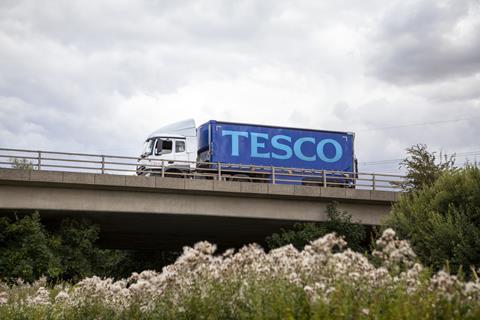
“The reason for choosing Tesco though is Clubcard,” says Murray. “That will attract a customer base automatically, and is a huge pool of customers that Tesco can advertise relevant marketplace products to.
“And the ability to earn Clubcard points on marketplace purchases and use the reward savings in store is a big incentive to switch, as is the ability to collect in store, rather than have it delivered to your doorstep when you might not be home.”
Meanwhile, Amazon is facing foes other than Tesco. Despite its issues, Temu – the world’s second-most-visited e-commerce site after Amazon itself [Similarweb] – looms large. “Its growth and pricing is incredible,” says Craske. “And compared to Amazon it is very mobile-friendly, highly gamified, with a strong focus on bright design to attract younger consumers.”
Then there’s UK marketplace OnBuy – which offers cashback on purchases – which this month announced expansion to the US.
“Amazon has their own trajectory with a diverse proposition that sets the bar for the industry as a whole, but ultimately it will have to respond to the competition,” says Znideric. So far, Amazon has responded by launching Amazon Haul in the US, with lower prices on products sent straight from China, with longer delivery times.
It could give Amazon an edge, but sellers will be the ultimate winners here. They will benefit from “the combined reach available from the plethora of marketplaces available today and the diversification they collectively offer to the market,” Znideric sums up.








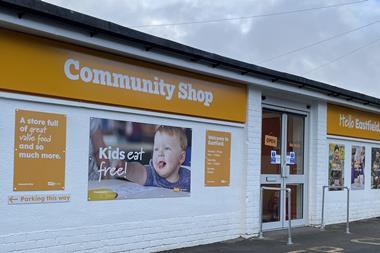


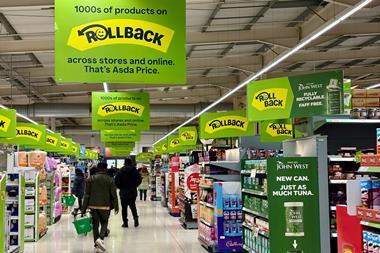






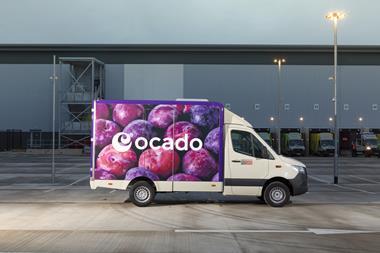

No comments yet